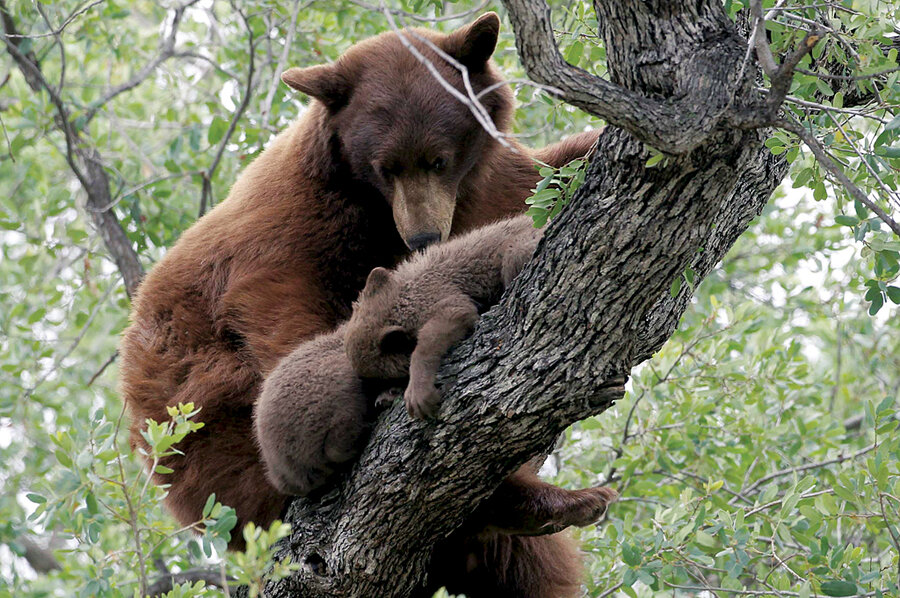The bear necessities
Loading...
"Dora the Explorer is stupid," my son told me when he was 5. "She runs from bears."
My first instinct was to defend her. Dora also rides in cars driven by squirrels, but she is kind, and, for a cartoon character, she has a good head on her shoulders. When Dora is afraid of something, she runs.
But then I realized my son wasn't talking about cartoon bears. Some of my safety lectures over the years must have hit their target, because the kid was right: Running from bears – real bears – is generally a bad idea.
Here in Montana, it's worth giving the matter some thought.
Like moms everywhere, I try to teach my children how to stay safe and healthy. They get lessons on the standard stuff, everything from avoiding alcohol to eating broccoli. But that's not enough. My kids also need to learn how to stay safe in the woods, which start, at least figuratively, just outside our back door.
So my children and I talk about hazards from lightning, hypothermia, fast water, bears, mountain lions, and my least favorite, gravity. Bears and mountain lions get special attention, as you're unlikely to find gravity leaving paw prints in the sand pile next to your children's Tonka trucks or killing a deer at the bottom of your sledding hill.
With the deer incident in mind, I recently checked our state wildlife agency's website for the latest on dealing with large predators. Their policy can't be condensed to one memorable sentence like "stop, drop, and roll." But one warning stands out: Don't run. Running makes us look like prey.
After "don't run," the advice for bear and mountain lion encounters diverges, and I'd encourage you to go straight to the experts if you think you may ever need it. But here's a quick summary: If you come across a mountain lion, pick up your kids, look big, make noise, and – if necessary – fight back. A friend who was charged by a mountain lion in Colorado survived unharmed by standing her ground, waving a stick, and yelling.
For bears, the advice gets more complicated. You have to make a few judgments about the bear's state of mind and the circumstances. Is the bear feeling threatened? Hungry? Is it day or night? Are you hiking a trail or lying in your tent? Are you between the mama and her cubs?
Maybe someone will create an app to help determine the correct response, which may consist of using appropriate body language, playing dead, or fighting back. But it would be more effective if smart phones simply carried a large dose of pepper spray.
When threatened, many people go straight for their firearms, especially here in Montana. It's worked for some, but a recent study shows that pepper spray was more effective than firearms overall for people charged by bears.
My husband, a law enforcement ranger, takes a low-key approach when bears are just being annoying but not threatening. Called to a campsite where a large black bear was ransacking a pickup truck, he told the excited campers to put their guns away and asked for a pot and a spoon. He banged on the pot with the spoon, and the bear took off.
So what do I teach my kids about large predators? The first lesson is one for me (and for Dora's parents as well): I need to keep them close while they are growing bigger and becoming more capable of making decisions. In the meantime, I will try to teach them everything – the whole complicated story.
Dealing with beautiful but sometimes frightening animals like bears and mountain lions has parallels in the rest of life, whether it's a child coping with schoolyard bullies or a politician responding to aggressive foreign nations. When they feel threatened, people shouldn't feel that they have to either run away or jump straight to maximum force.
This is what I will teach my kids about life, not just about wildlife. Don't run if you are slower than whatever's chasing you. Think about your options. Sometimes you should stay still and be quiet. Sometimes you should fight.
And sometimes you should stand tall and bang on a pot with a spoon.







